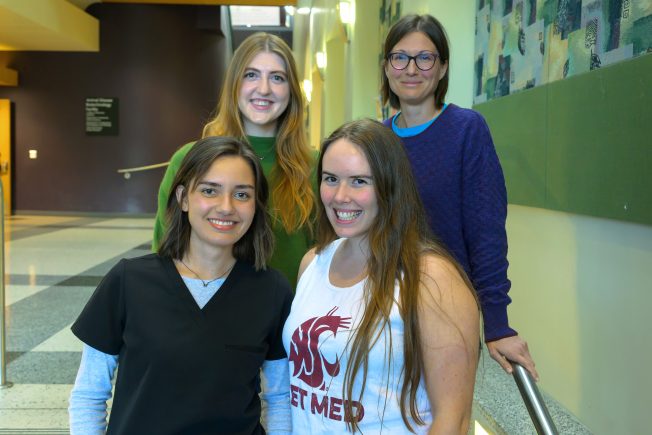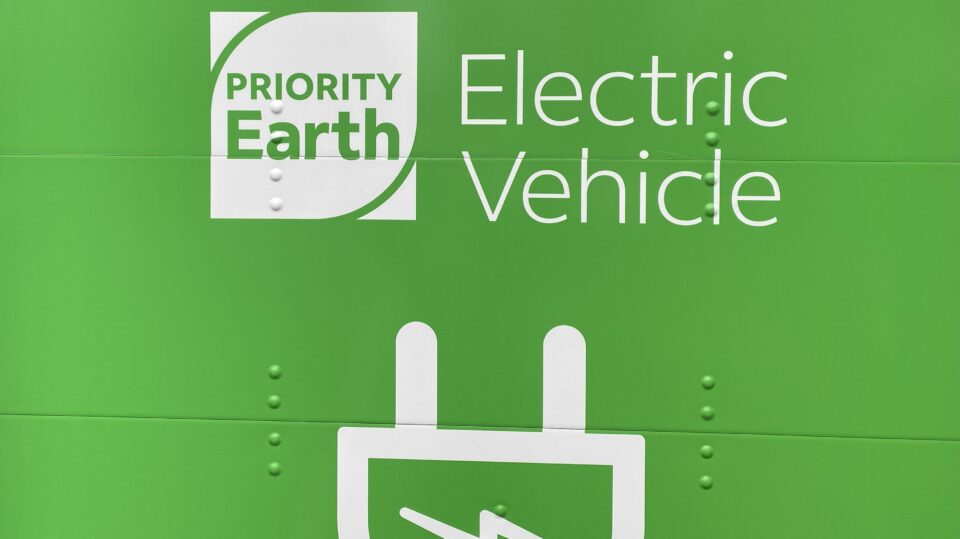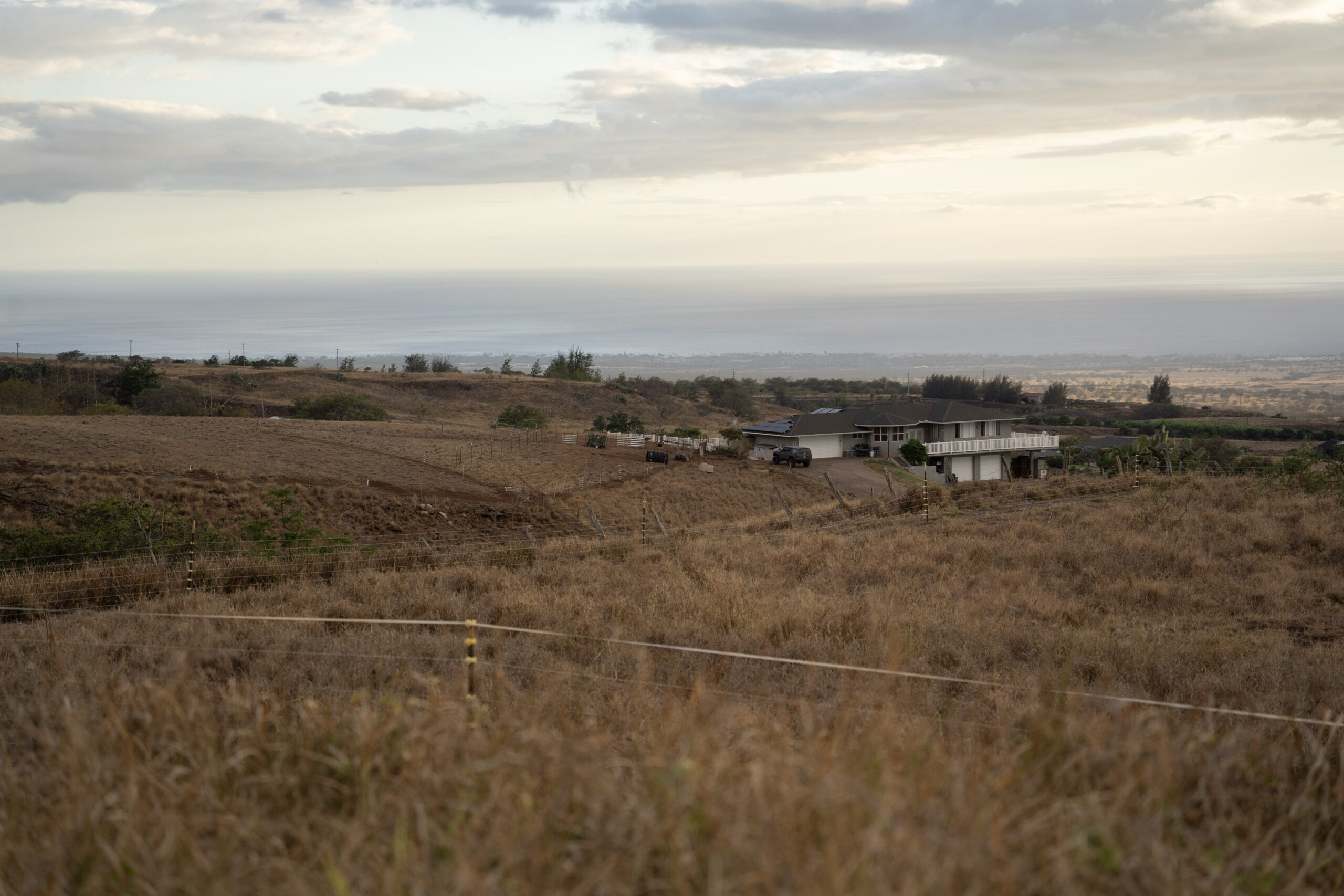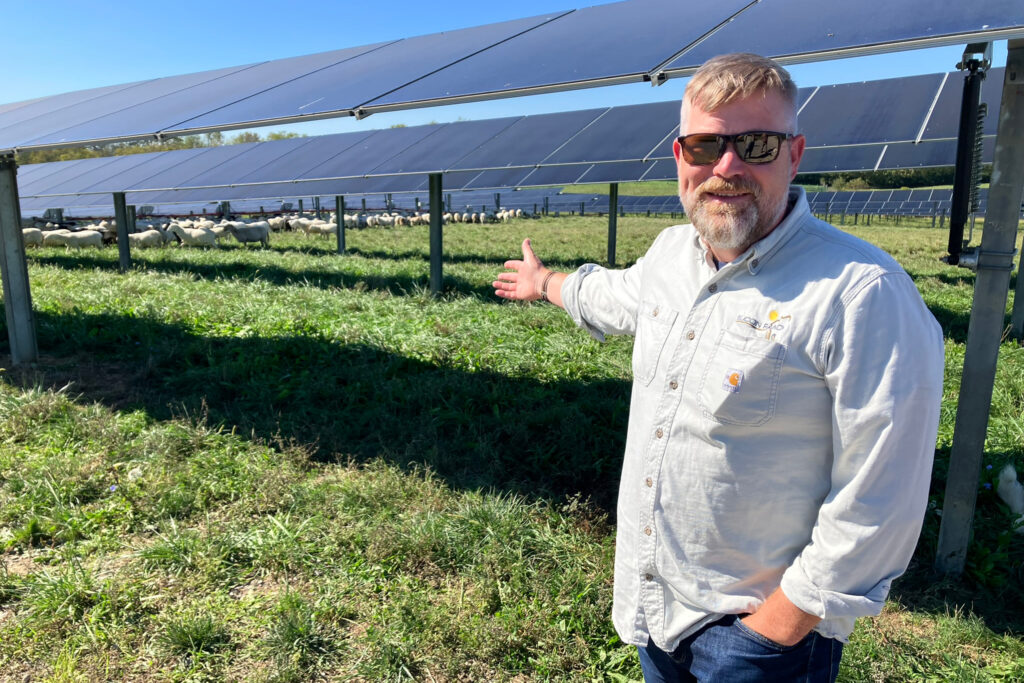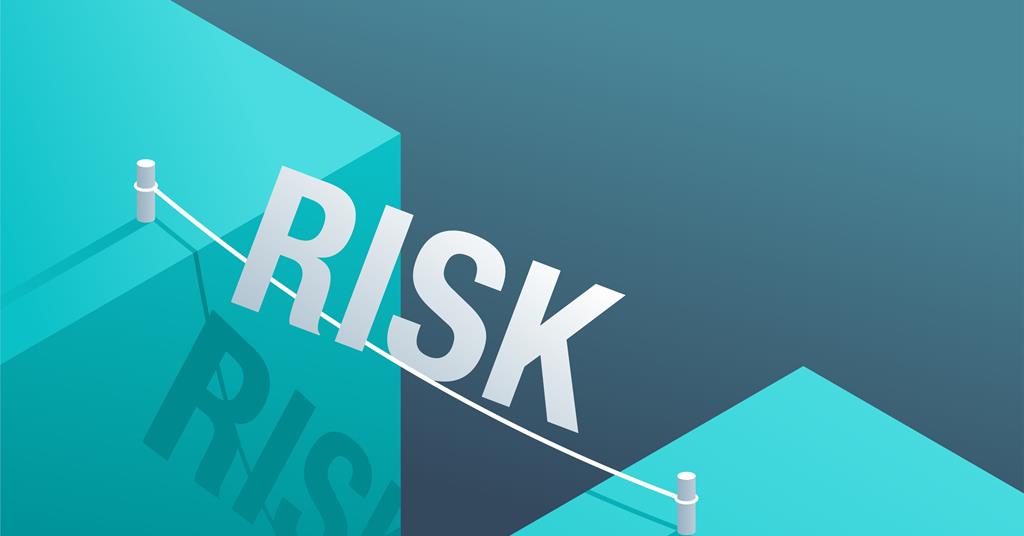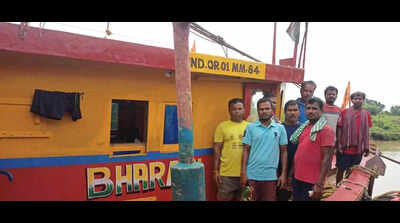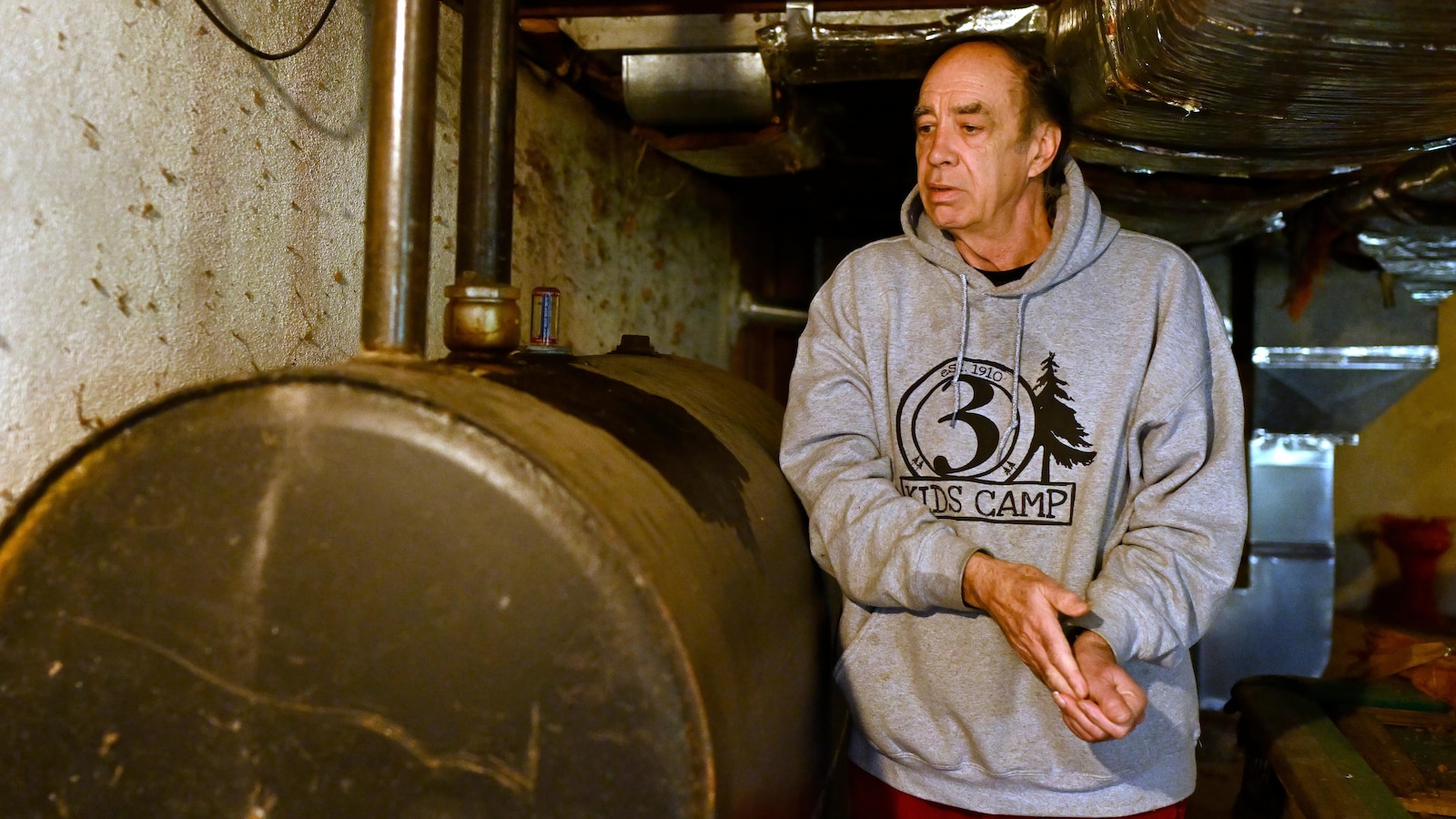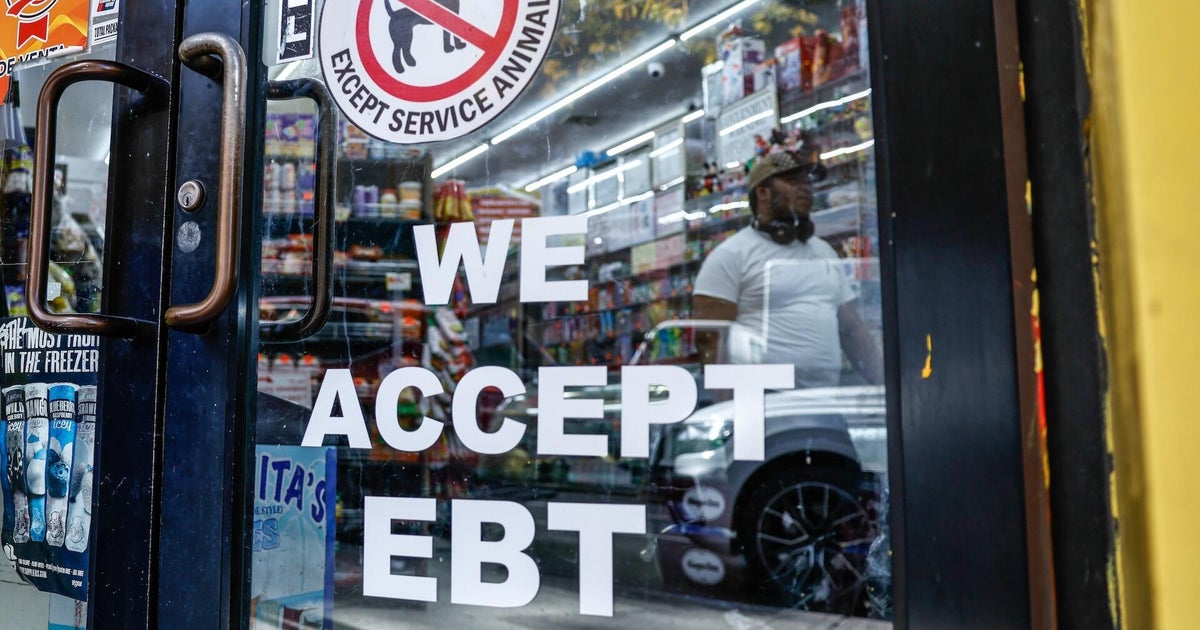Former student sues Maine boarding school, alleging forced child labor – WMTW
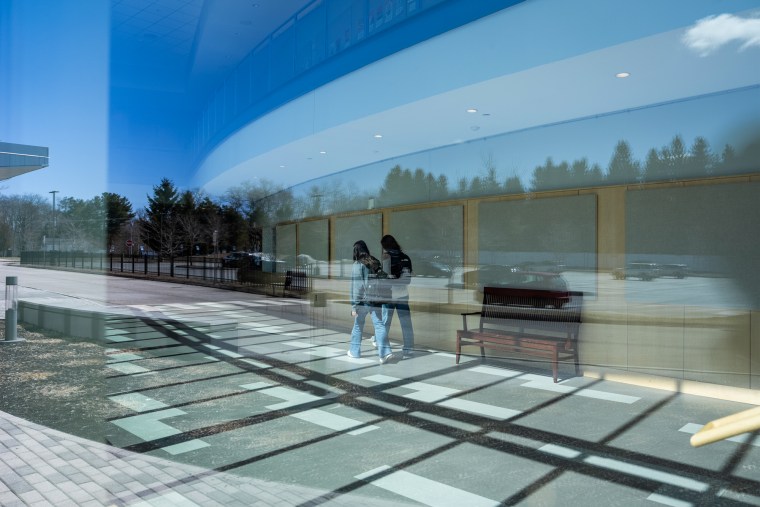
Report on Allegations Against Hyde School and Sustainable Development Goal Implications
Introduction
A federal lawsuit has been filed against the leadership of Hyde School, a private college preparatory school in Bath, Maine, alleging systemic abuse and forced child labor. The civil suit, initiated by former student Jessica Fuller, claims that the institution’s practices, presented as character development, constitute severe human rights violations. These allegations directly conflict with the principles outlined in the United Nations Sustainable Development Goals (SDGs), particularly those concerning education, health, decent work, and justice.
Allegations and Violations of SDG Principles
The lead plaintiff, who attended the school from 2014 to 2015, details a series of abuses that contravene fundamental global standards for well-being and labor. The core claims include:
- Physical and verbal abuse and isolation from peers.
- Denial of basic necessities such as food and water.
- Forced, unpaid manual labor on and off campus.
These alleged practices represent significant departures from established international goals. The claims of abuse and denial of sustenance are in direct opposition to SDG 3: Good Health and Well-being. Furthermore, the central accusation of forced child labor is a severe violation of SDG 8: Decent Work and Economic Growth, specifically Target 8.7, which calls for immediate and effective measures to eradicate forced labor, end modern slavery and human trafficking, and secure the prohibition and elimination of the worst forms of child labor.
Specific Claims and Contradictions to SDGs
The lawsuit specifies that student labor was not limited to typical campus chores but extended to landscaping at faculty residences, tending local farms, and maintaining private properties owned by the school’s founding family. This exploitation allegedly occurred at the expense of the students’ primary purpose at the institution: education.
The plaintiff’s attorney, Kelly A. Guagenty, argues that the system was punitive and exploitative, undermining the core mission of an educational institution as defined by SDG 4: Quality Education. Key points raised by the legal team include:
- Students were compelled to perform labor for the majority of the day, starting as early as 5:36 a.m.
- This labor directly interfered with and came at the expense of their academic studies.
- The practice was distinct from a system of basic, shared chores and constituted exploitation under threat of punishment.
School materials cited in the suit appear to promote this labor culture, which the plaintiff’s representation argues is a deceptive marketing practice. This lack of transparency and accountability from an educational body runs counter to the principles of SDG 16: Peace, Justice and Strong Institutions, which advocates for effective and accountable institutions at all levels.
Legal Action and Pursuit of Justice (SDG 16)
The legal action seeks damages under state and federal human trafficking laws, which allow survivors to pursue civil remedies against entities that profited from their exploitation. This lawsuit is an exercise in seeking accountability through legal channels, embodying the objectives of SDG 16, which aims to provide access to justice for all.
The stated goals of the legal action are twofold: to provide compensation for survivors and to ensure the safety of current and future students. This forward-looking objective aligns with the SDG 16 mission of building and maintaining just and safe institutions. The interest expressed by other former students suggests a wider demand for institutional accountability.
School’s Response and Financial Context
A representative for Hyde School has denied the allegations, describing them as “grossly mischaracterized or patently false.” The school, which charges an annual tuition of $68,300 for boarding students, is accused of profiting from a system of unpaid labor. This financial aspect highlights a stark contrast with the principles of economic justice embedded within SDG 8, raising critical questions about the school’s economic and ethical practices.
1. Which SDGs are addressed or connected to the issues highlighted in the article?
SDG 4: Quality Education
- The article highlights that the alleged forced labor came “at the expense of their academic education.” This directly compromises the quality of education the students at Hyde School, a “college preparatory boarding school,” were supposed to receive.
SDG 8: Decent Work and Economic Growth
- The central allegations in the lawsuit are “forced child labor” and that students were “exploited for labor both on and off campus” without pay. This connects directly to the goal of promoting sustained, inclusive, and sustainable economic growth, full and productive employment, and decent work for all.
SDG 16: Peace, Justice and Strong Institutions
- The article details a lawsuit concerning “abuse and forced child labor.” It mentions claims of “physical and verbal abuse,” “exploitation,” and the lawsuit being filed under laws for “survivors of human trafficking.” This goal aims to end abuse, exploitation, trafficking, and all forms of violence against children.
2. What specific targets under those SDGs can be identified based on the article’s content?
SDG 4: Quality Education
- Target 4.1: By 2030, ensure that all girls and boys complete free, equitable and quality primary and secondary education. The article implies a violation of this target, as the alleged forced labor, which took up “the majority of the day,” interfered with the students’ ability to receive a quality secondary education, for which their families were paying a high tuition of $68,300.
SDG 8: Decent Work and Economic Growth
- Target 8.7: Take immediate and effective measures to eradicate forced labour, end modern slavery and human trafficking and secure the prohibition and elimination of the worst forms of child labour. The lawsuit’s core claims of “forced child labor,” “manual labor without pay,” and exploitation for the profit of others align perfectly with the issues this target seeks to eliminate. The article explicitly states the legal team is seeking compensation under laws for “survivors of human trafficking.”
SDG 16: Peace, Justice and Strong Institutions
- Target 16.2: End abuse, exploitation, trafficking and all forms of violence against and torture of children. The allegations described in the article, including “physical and verbal abuse,” being “denied food and water,” isolation, and exploitation through forced labor, are all forms of abuse and exploitation that this target aims to end. The filing of a “federal lawsuit” represents a step toward seeking justice for these alleged violations.
3. Are there any indicators mentioned or implied in the article that can be used to measure progress towards the identified targets?
Indicators for Target 8.7 and 16.2
- Indicator: The number of victims of human trafficking and forced labor who are identified and seek legal recourse. The article provides a specific data point: the “newly filed federal lawsuit” by a former student. It also implies a potential increase in this number, noting that since the filing, attorneys “have been contacted by a number of other survivors.” This serves as a direct measure of victims coming forward to seek justice.
Indicators for Target 4.1
- Indicator: The proportion of school time dedicated to non-academic, unpaid labor. The article implies this indicator through the attorney’s statement: “When students are pulled from their beds at 5:36 in the morning to perform chores throughout the majority of the day at the expense of their academic education, then we’re talking about something much different than basic chores.” This suggests a measurable conflict between forced labor and educational time.
4. SDGs, Targets and Indicators Table
| SDGs | Targets | Indicators |
|---|---|---|
| SDG 8: Decent Work and Economic Growth | 8.7: Eradicate forced labour, end modern slavery and human trafficking and secure the prohibition and elimination of the worst forms of child labour. | The number of legal actions and survivor reports related to forced child labor and human trafficking (e.g., the “newly filed federal lawsuit” and contact from “a number of other survivors”). |
| SDG 16: Peace, Justice and Strong Institutions | 16.2: End abuse, exploitation, trafficking and all forms of violence against and torture of children. | Prevalence of reported abuse and exploitation of children in institutions, as evidenced by the lawsuit’s claims of “physical and verbal abuse” and exploitation. |
| SDG 4: Quality Education | 4.1: Ensure that all girls and boys complete free, equitable and quality primary and secondary education. | The amount of time students are engaged in non-educational forced labor at the expense of academic activities (e.g., performing chores “throughout the majority of the day”). |
Source: wmtw.com

What is Your Reaction?
 Like
0
Like
0
 Dislike
0
Dislike
0
 Love
0
Love
0
 Funny
0
Funny
0
 Angry
0
Angry
0
 Sad
0
Sad
0
 Wow
0
Wow
0



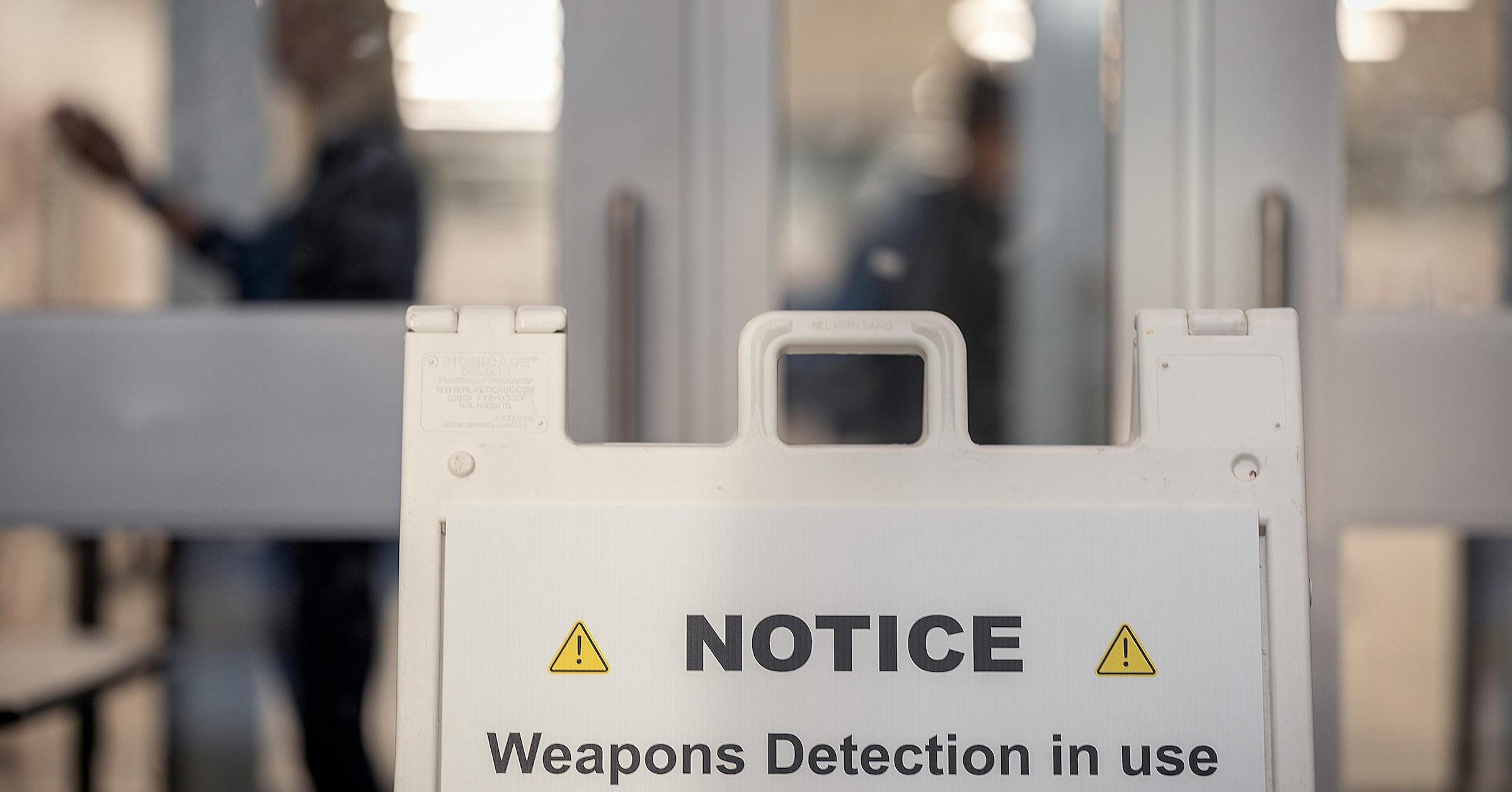

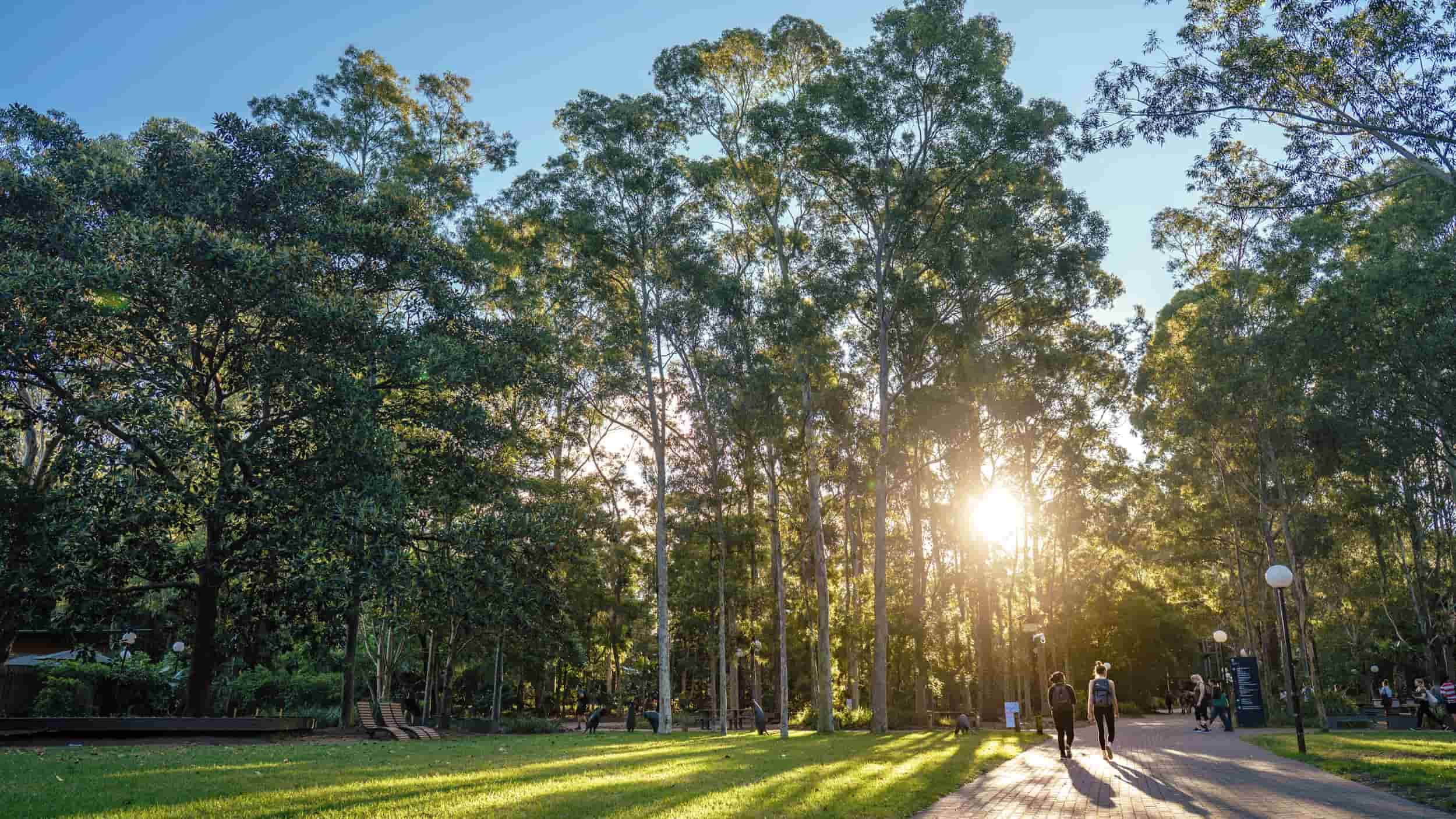
;Resize=805#)
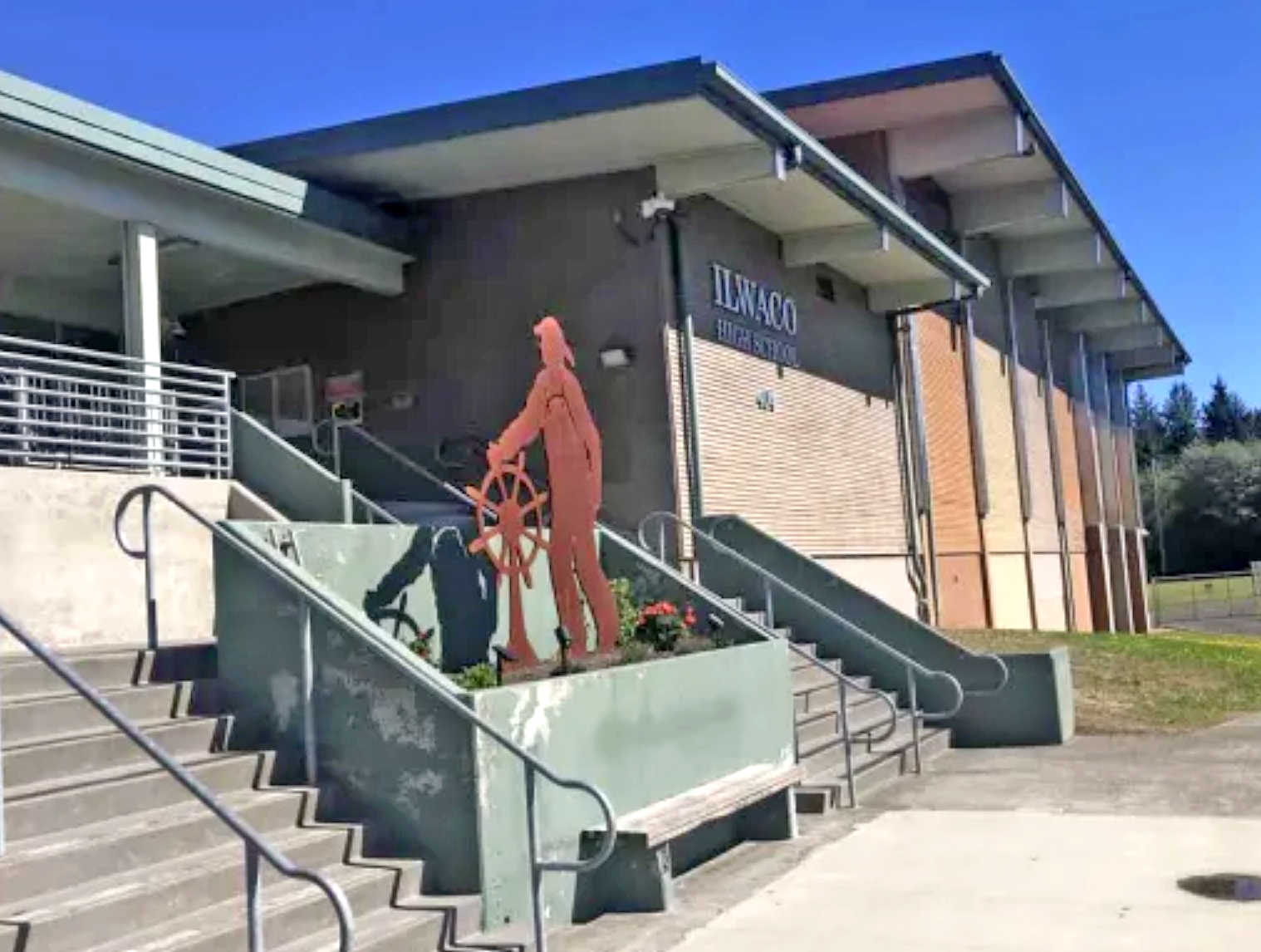











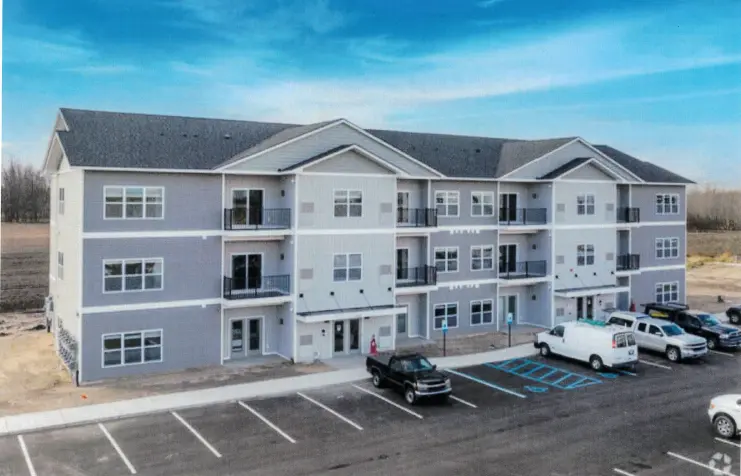





![Officials issue warning as aggressive growth threatens properties: ‘Only add[s] to homeowners’ anxiety’ – The Cool Down](https://www.thecooldown.com/wp-content/uploads/2025/03/FX-Deluxe_Lifestyle_1326191354-copy.jpg?#)
